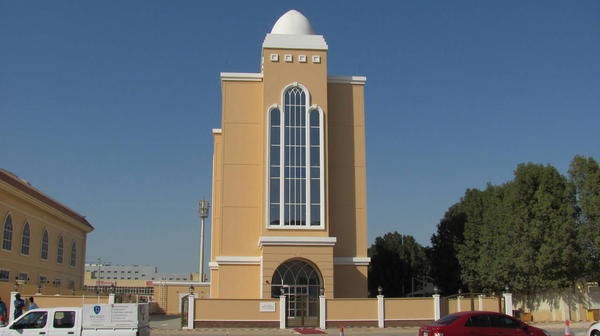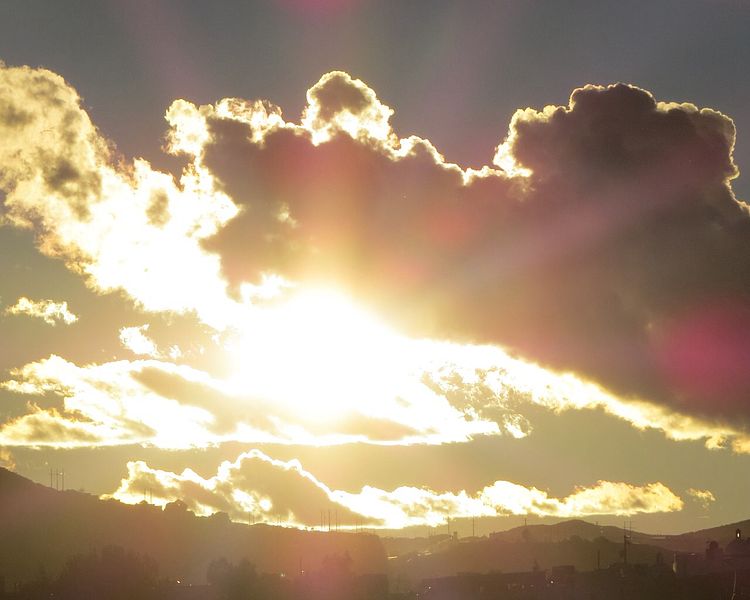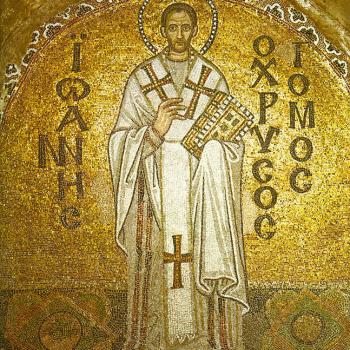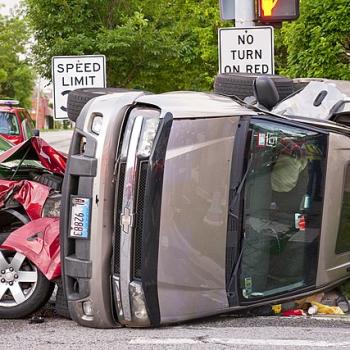
This is very important and quite concerning:
Moreover, by the way, yes, it does mention the Church of Jesus Christ of Latter-day Saints.
Now contrast the situation in Eastern Ukraine with that in the Persian Gulf State of Kuwait:
“The Church of Jesus Christ of Latter-day Saints Receives Official Recognition in Kuwait”
***
This 6.5-minute animated video would be very appropriate for individual Latter-day Saints to share on blogs and social media:
“Watch: New Church Video Explains What Latter-day Saints Believe About the Afterlife”
***
I trust that everybody out there has seen this? At somewhat less than three minutes in length, it too is appropriate for sharing via blogs and the social media:
“Apostles Testify of Jesus Christ in Rome: Excerpts from “The Living Christ” document given”
***

(Wikimedia Commons public domain image)
I commonly read accounts from disaffected and former members of the Church of Jesus Christ of Latter-day Saints in which they lament the Church’s alleged use of fear and guilt as motivators and/or celebrate their (often heroic) escape from the misery imposed upon them by such evil manipulation.
I can’t speak to the sincerity of such accounts or to the accuracy of their claims, and I know that individuals and their perceptions can vary dramatically, but I can say, with complete sincerity, that this is not the Church with which I’m familiar. Without meaning to be disrespectful, at least a few of these narratives of apostasy have struck me almost as relying upon tropes borrowed from the memoirs of earlier generations of ex-Catholics, with Latter-day Saint bishops and Primary leaders standing in for stereotypically stern parochial school nuns.
I cannot recall a significant period of time in my life as an active and committed member of the Church when either guilt or fear has been a principal motivator for my commitment and my activity. Fear of hell has never been even a minor factor for me.
Perhaps it should be. (My Malevolent Stalker has recently pronounced me a very likely “sociopath.”) But I think that I’m not especially unusual among Latter-day Saints in this regard.
Many years ago, just shortly (I think) after my arrival on the faculty here, the noted conservative writer George F. Will, winner of (among other things) the Pulitzer Prize and himself an agnostic or even atheist, came to speak at Brigham Young University. Afterwards, he wrote a column in which he marveled goodnaturedly at the manifest cheeriness of BYU’s students even in the morning, noting the miraculous fact that they achieve this state without the assistance of coffee. Perhaps, he mused, they would be benefited by just a tad of existential angst.
But the Latter-day Saint faith is a cheerful faith, not a faith built on fear, dread, guilt, and threats of Hell. The common response of Latter-day Saints to the question of why we don’t venerate crucifixes with depictions of agonized Jesus on them is apropos here: We focus on the risen Christ, not the seemingly defeated one. Ours is very much a faith of Christmas and Easter. For good or ill — I personally wish that we paid more attention — we scarcely notice “Good Friday.”
I think that I can honestly say that, in my case (and I suspect in many others), such feeble discipleship as I can muster is impelled by a desire for Heaven, not a fear of Hell. But not, I think, in the crass mercenary sense that would have me trying to act in a way that will garner me a hireling’s reward. What moves me, and moves me deeply, is the desire to live in a perfect, sanctified society of perfected and sanctified beings in the presence of God — and to be or become the kind of person who would, himself, rightfully belong to such a celestial community. I’ve caught fleeting glimpses of such a place, such a life — in my mind, temples are firmly associated with it; see, too, this early-2012 Deseret News column — and it’s that wonderful ideal, suffused with radiant light, that draws me.












